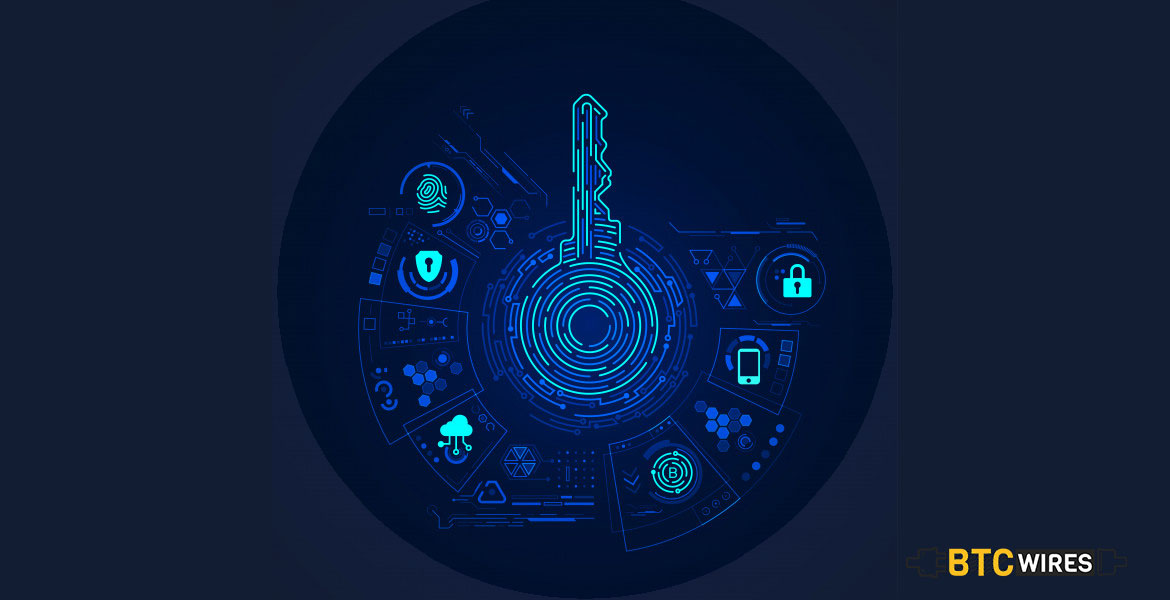Given the exciting doors that blockchain technology usually opens up,

Given the exciting doors that blockchain technology usually opens up, it is likely that many enthusiasts among you would like to build a blockchain architecture of your own. How does one go about it? What are the requirements?
Here’s a quick guide to building a blockchain:
Right at the offset, it is relevant to have a working to advanced knowledge of the Python language in order to be able to build a blockchain. Once that’s out of the way, comes the main requirements. Firstly, it is extremely important for the developer to have a clear vision as to what use case one is trying to achieve with the new blockchain. One can choose between various use cases such as recording of transactions and other data, management of cryptocurrencies, or running of smart contracts. After that, what a developer needs is the understanding of the various consensus algorithms available, such as Proof-of-Work, Proof-of-Stake Delegated Proof-Of-Stake, Byzantine Fault Tolerant etc. and the ability to choose one based on one’s need and the vision for the blockchain network. Thirdly, one needs an appropriate platform to host the network on. For this, the developer can choose from the large number of free, open source choices available to them. Some examples of such platforms include ChainCore, Ethereum, Openchain, Multichain etc.
After these steps are out of the way, one needs to get certain permissions if they’re building a blockchain for registered usage to serve as a public ledger. Once that is taken care of, one needs to create the nodes and for this, to make sure they have the required amount of disk space for the use case they are trying to build (for example, Bitcoin nodes can be run using a Bitcoin Core Client which takes up about 100 GB of space). The memory, disk size and processor speed should be configured as per the needs of the user case one is trying to work on and the nodes they are attempting to design. After this, a blockchain developer would require thorough configurations in areas such as address formats,key management, parameters, key formats, multi signatures, block signatures etc.
Next, the developer needs an API or an application programming interface. Often the chosen blockchain network is equipped with APIs but sometimes they don’t, and the developer needs to design them too, especially in the areas of blockchain smart contracts, data storage and revival, performance of audit etc and generation of key pairs and addresses. After the APIs are developed, the admin and user interface must be created using one of the many languages, front end or programming, and followed up by adding external databases and servers that of choice that fit the bill. These are all the requirements of building a blockchain network, and can be topped off by futuristic solutions like the Internet of Things, Data Analytics, Bots,Machine Learning etc.

